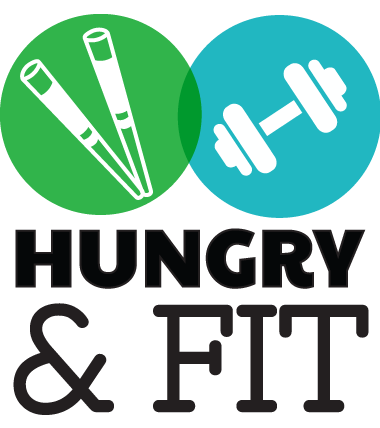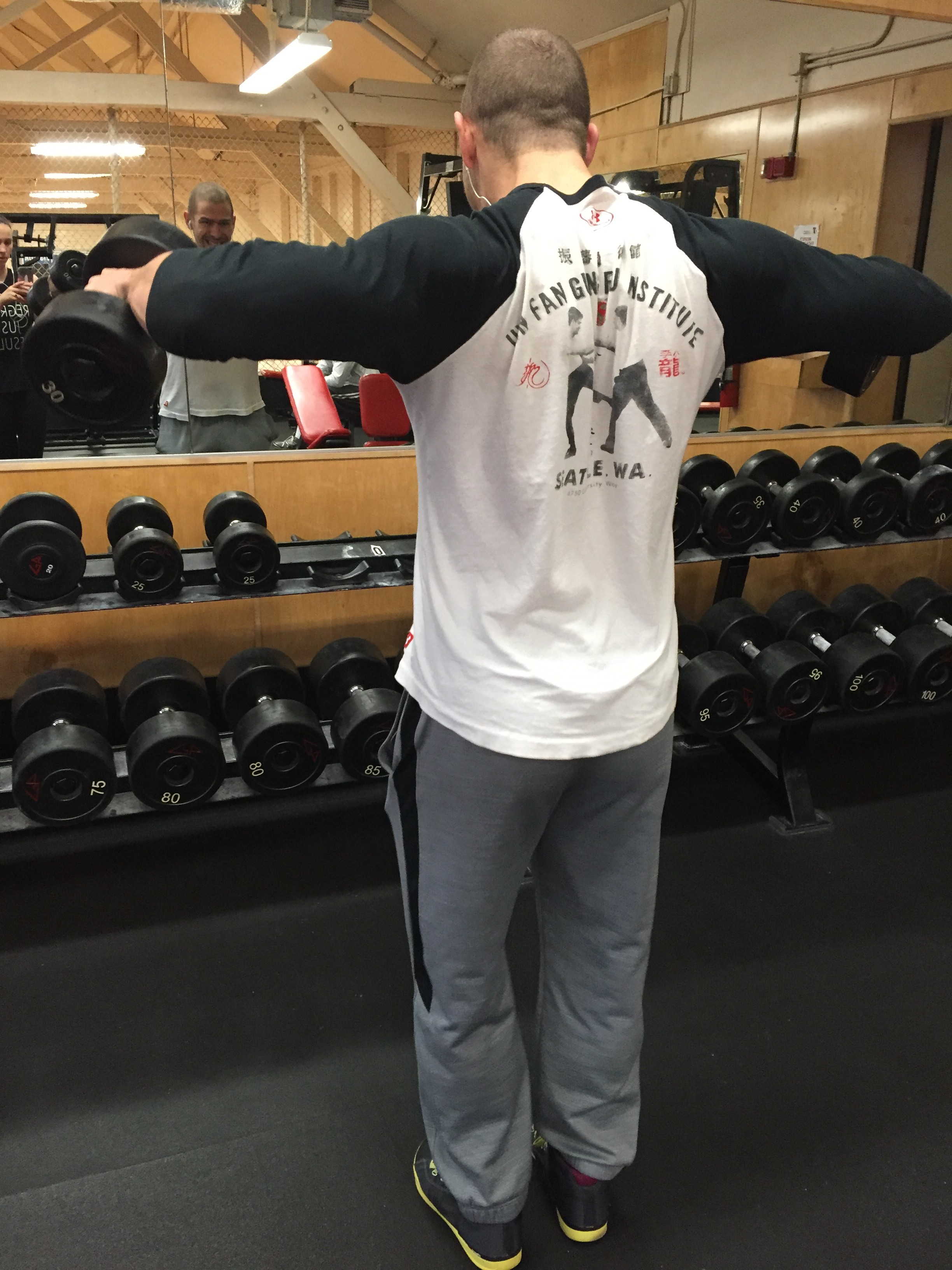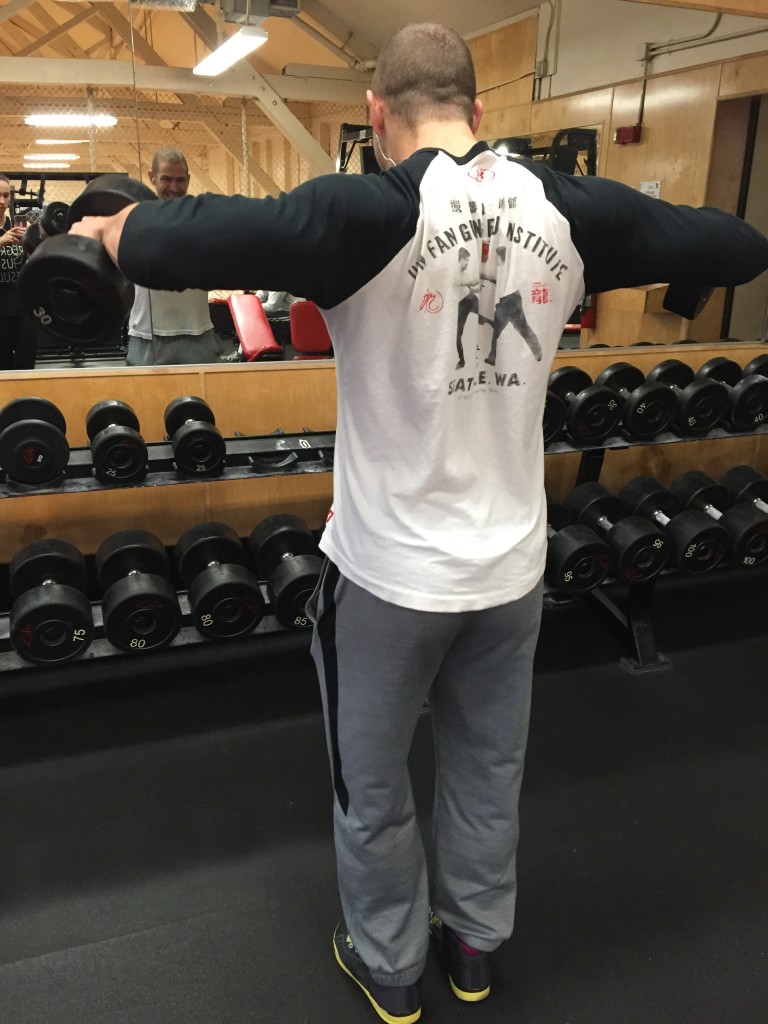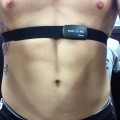I remember my first “job” at a gym back in the early-mid 1990s. Although that facility no longer exists (it’s a doctor’s office now), there are a few images stuck in my mind from it. One of the clearest images is one that I see every day in the fitness facility that I manage in LA. It was one that I’ve looked at in the countless gyms that I’ve worked in and will continue to see for some time. It’s the side-by-side poster combination of target heart rate zones and rate of perceived exertion.
When I train aspiring fitness professionals to become everything from personal trainers to group exercise instructors, these two charts are a key component in the classroom. Why? Because there is a great chance that they’ll have them at their new job and will have to explain what they mean to their customers, clients, and members. Also, using the concepts behind these posters will help you explain some key components in a way that normal people will understand.
In general, target heart rate zones are for more advanced and experienced individuals while RPE is for people who have a hard time multi-tasking. Your trainer or coach will tell you what your maximum heart rate is and figure out your target HR based on your goals. They’ll calculate your resting and active heart rates while you’re exercising. Based on those numbers and your response to the activity at that level during your sessions, they will associate numbers on a scale to the percentages of your target HR.
Although many charts graph RPE on a scale of 20, most professionals use 1 to 10 because it’s easier for their clients to understand. If you reach 100% of your target HR, you’re going to be in a dangerous place if you sustain that activity for longer than your body can maintain. It’s a risky place of mind over body. A 10 is similar to 100% in that it is where you need to call an ambulance. A 5 would be 50% of your target HR, which is not too challenging for most. 90% of the people going to the gym would want to maintain between a 6-8 during their workout, but again, this is just an introduction to the terms.
Also, both of these are mainly for aerobic exercise and not anaerobic activity. That basically means if you’re just doing a one-rep max or something very intense (remember that intensity is a measure of peak performance) that lasts less than 10 seconds, those numbers won’t hold as much weight. Again, that can change depending on your sport or goals but we’re not going into depth here. The point is that both of these charts were created for aerobic exercise for a reason and that reason is the application.
So whenever you see someone online post about RPE, you should have a better idea what they’re talking about and how it applies to what they’re doing. Remember that their activity has nothing to do with you and you should not be replicating what they are doing. Most of them aren’t trained and qualified professionals and even if they were, their workout routine is catered to their needs and not yours. Talk to a professional to find what is right for you, your target HR for your goals, and how to apply that to a program for your lifestyle because being informed and making smart decisions helps you stay hungry and fit!











